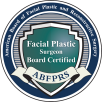Facelift in NYC
THE PROCEDURE
THE FACE AND NECK LIFT
To correct jowls and wattles for a more defined jaw, smoother neck and contoured cheek. Also known as rhytidectomy.
THE SURGERY
Incisions are made starting at the temple, move around the ear and then are hidden behind the ear and in the hair. Skin is lifted and the underlying muscles and connective tissues are tightened and secured. Excess skin is removed.
THE CHALLENGES
A facelift will not stop the aging process, improve fine wrinkles or pigmentation problems, or completely remove deep wrinkles and skin folds.
DOWN TIME
- Typical facelift surgery takes between 3 and 4 hours, depending on the extent of the procedure. (The entire procedure will be discussed fully by Dr. Zimm during your consultation.)
- Surgery is typically performed at Manhattan Eye, Ear, and Throat Hospital under general anesthetic.
- Facelift patients are usually discharged the next day after spending the night in a hotel with an overnight nurse.
- Recovery time is usually 2 to 3 weeks.
- Vigorous activities should be avoided for 3 weeks following surgery
THE GOALS
- A facelift improves the appearance of the face by correcting deep wrinkles or folds, removing excess fat and loose skin at the jawline and neck, adding definition to the cheeks and re-contouring the chin.
- Alternatives include a mini facelift (minilift) or a standard lift to achieve the results they desire depending upon the degree of age -related changes that are present. Neck liposuction and tightening of neck muscles can also be done at the same time if indicated.
SPECIAL CONSIDERATIONS
- Hair pattern and thickness.
- Previous surgical scars.
- Skin elasticity, thickness, texture and color.
- Underlying bone structure, including the desirability of chin or cheek augmentations to enhance structural facial definition.
- Adjunctive procedures such as laser resurfacing, injectable filler, or BOTOX cosmetic injections.
- Chin and cheek augmentation, or liposuction, are usually performed first if indicated.
RESULTS
BEFORE AND AFTER
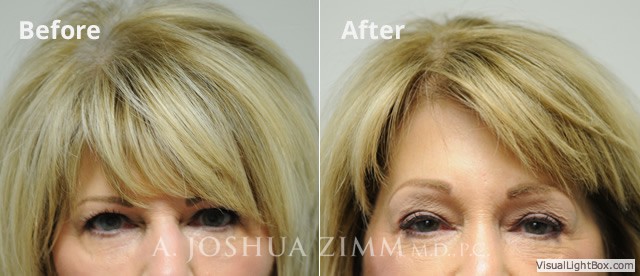
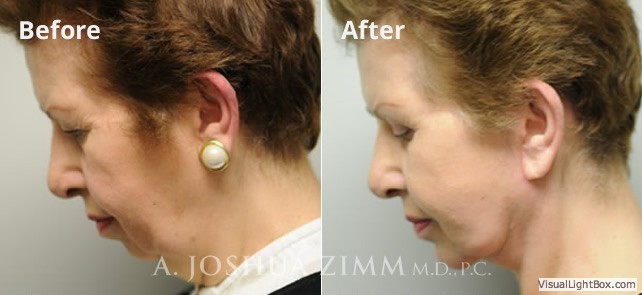
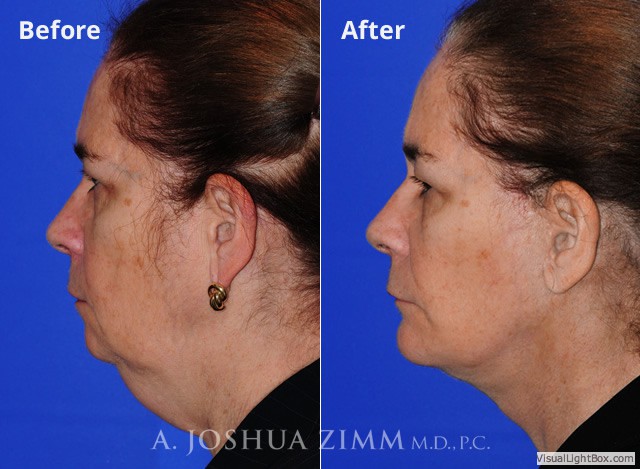
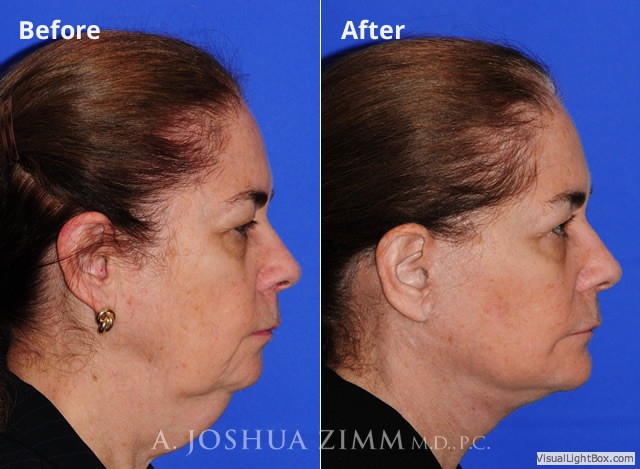
REVIEWS
FEATURED testimonials
FAQs
Frequently asked questions
A facelift surgery in New York City is an excellent surgery to reverse the many signs of aging including wrinkles, fine lines, and sagging skin. However, a facelift does not stop the aging process; over time, patients will accumulate new wrinkles and other aging characteristics. The timing of when these will affect the outcomes of a facelift depends on the procedure performed.
A standard facelift can provide rejuvenating effects that last 10 to 15 years. Mini-facelifts should be expected to provide excellent results for 5 to 10 years after the procedure.
The best age to have a Manhattan facelift surgery is when you determine the procedure to be right for you and your situation. Mini- and standard facelifts are commonly performed in a wide range of ages, from 35 to 65 years old. While there is no perfect age for a facelift, the sooner the issues of aging are addressed the better and longer-lasting the results due to the improved elasticity of younger skin. The best facelift surgeon in Manhattan recommends facelifts to be performed ideally in patients around 45 to 50 years of age.
The cost of a facelift in New York City depends on several factors, including the extent of the procedure, the surgeon's training and experience, and the patient's desires and goals. In the New York City area, facelift surgery can cost between $20,000 and $80,000 when performed by an expert facial plastic surgeon.
When choosing a surgeon to perform a facelift, the cost should not be the only factor to consider. Selecting a qualified and experienced facial plastic surgeon with a track record of delivering natural-looking and long-lasting results may save money in the long run by preventing complications and the need for additional surgery.
Yes, facelift procedures are considered major surgeries. These complex procedures involve elevating the skin from other facial tissues, pulling the skin upward, and excising excess skin. The surgeon can also access the deeper tissues of the face and tighten them to improve the natural appearance of the facelift. These procedures require general anesthesia and caution must be exercised before proceeding with a facelift surgery.
There are several features that one may notice that can indicate a facelift was performed. Visible scars and asymmetry of facial features can be seen when the procedure is poorly performed. Overtightening and an unnatural look, including deformities such as a pixie ear, pollybeak deformity, and a pinched nose tip suggest a facelift has been performed. However, careful consideration by a qualified facial plastic surgeon can decrease these signs and give a more naturally appearing outcome.
When performed correctly, a facelift will not change your smile. However, it will improve wrinkles, sagging skin, and other signs of aging that can make your smile more noticeable.
